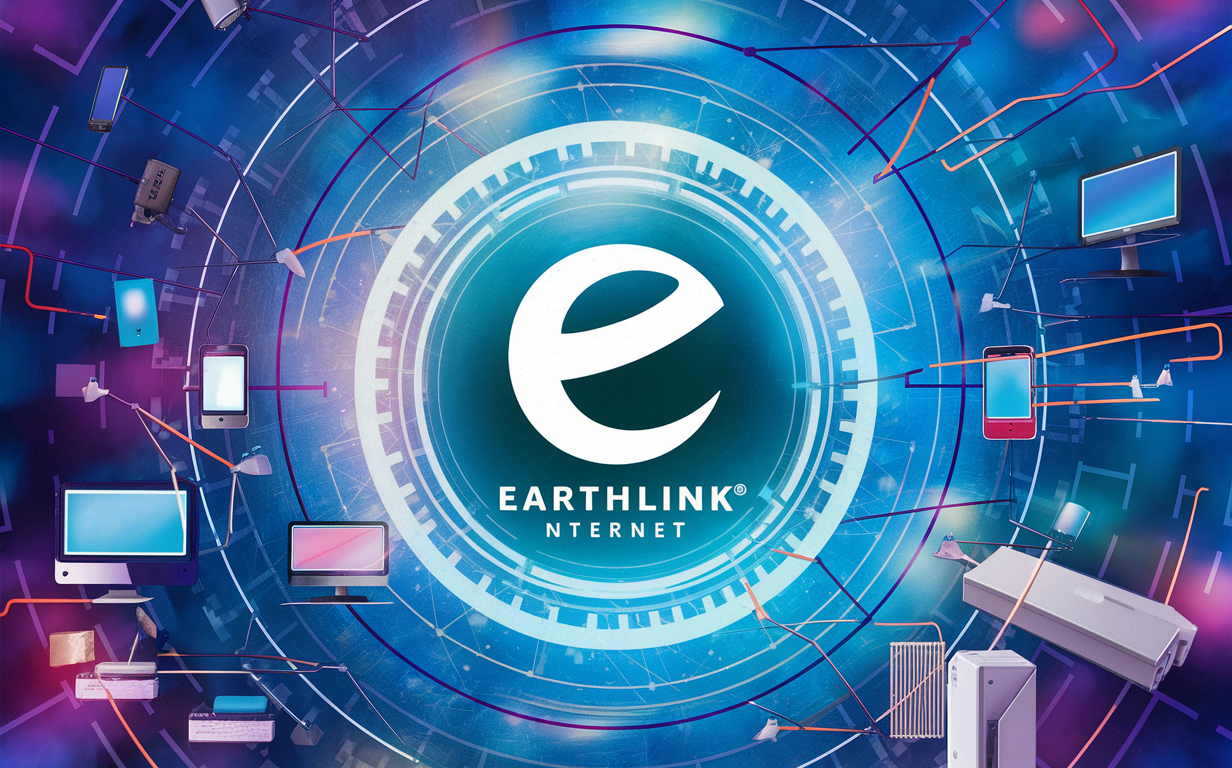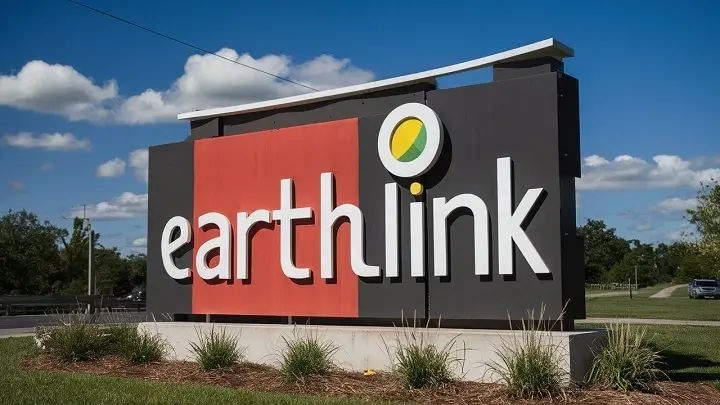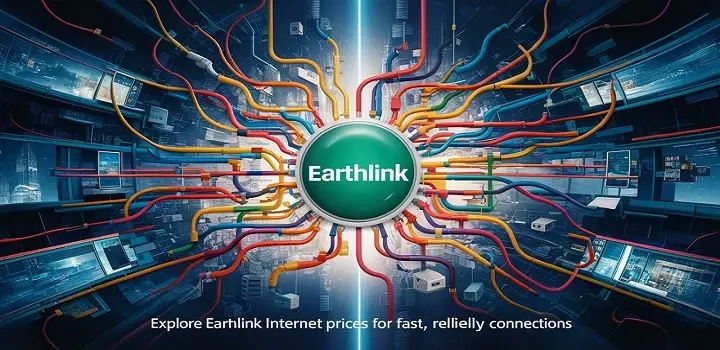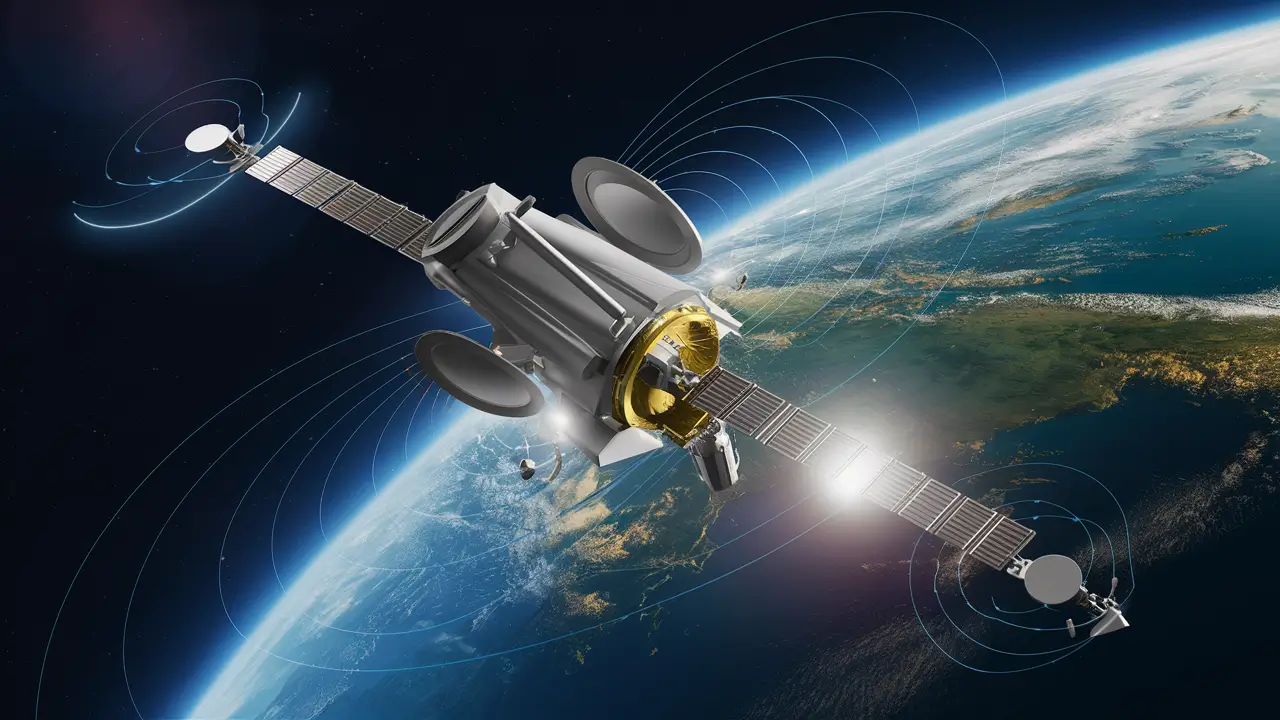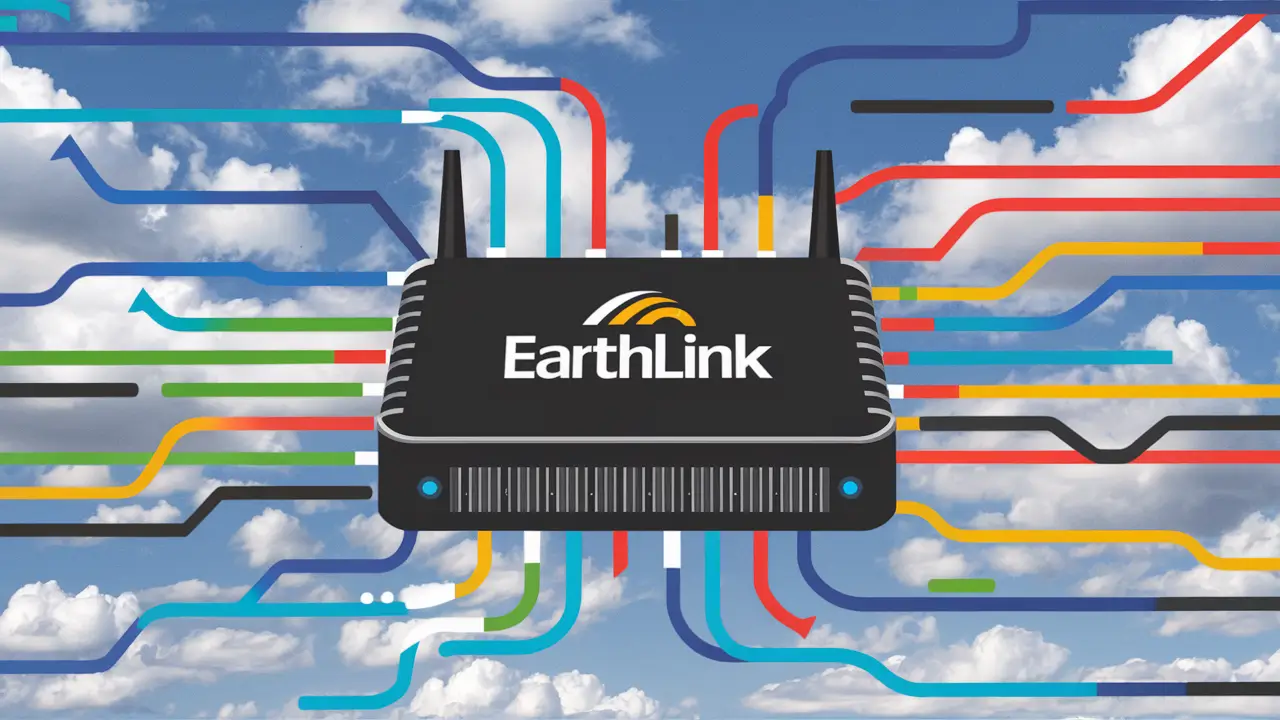What Is Earthlink Internet?
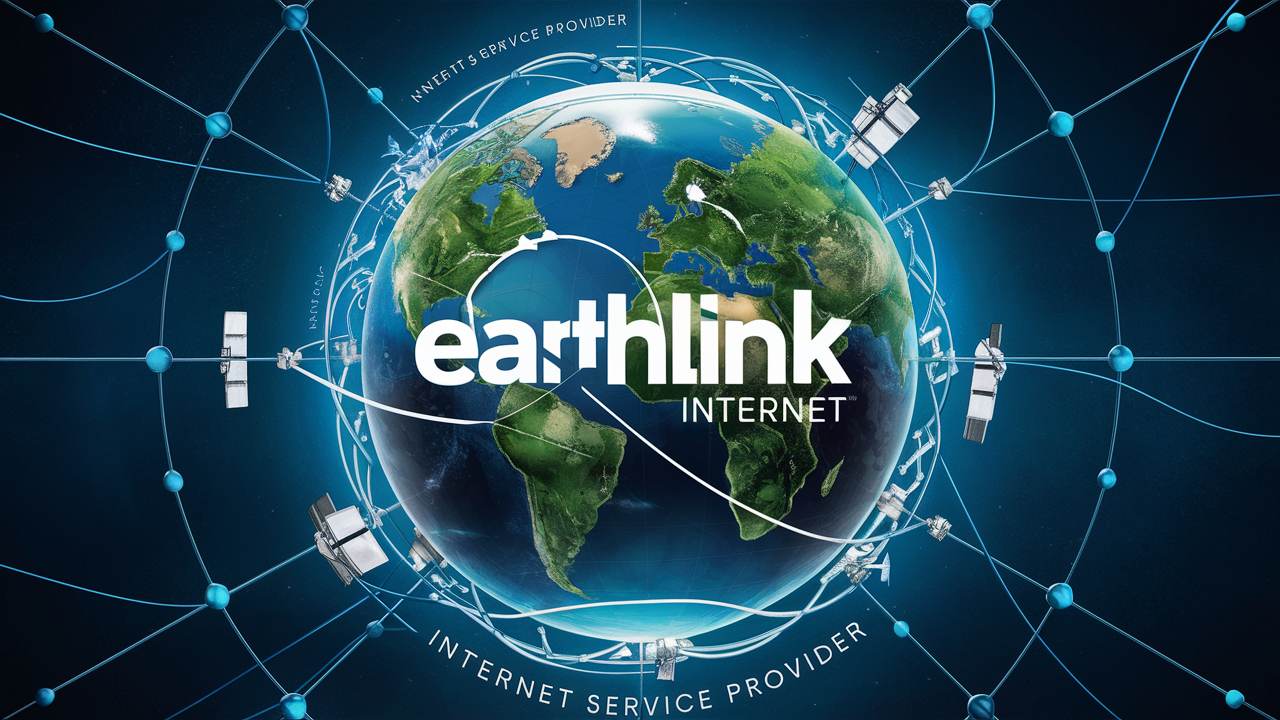
EarthLink Internet – One of the First Internet Service Providers
Among the first Internet service providers available in the United States of America is EarthLink. Originally a free dial-up internet service provider located in Pasadena, California, EarthLink was introduced by Sky Dayton in 1994. A few years later, EarthLink rose to become among the biggest Internet Service Providers in America with dial-up Internet connection.
Initially, to tap into the increasing internet usage, EarthLink distributed free software disks that people could use to access the EarthLink dial-up service. This also enabled EarthLink to capture many customers quickly, especially during the mid-1990s when dial-up Internet entry was common. Unlike many other ISPs at the time, EarthLink generated most of its revenues through membership subscriptions and advertising instead of per-hour connection fees.
Dial-Up Internet Access
EarthLink became one of the most well-known internet service names as dial-up internet developed in the late nineties. The dial-up Internet is a connection established by a modem over the phone line. Translating analog phone signals into digital code the computers can grasp is the responsibility of the modem. Dial-up internet was the first to popularize internet access for the general population, even if it wasn't as fast as broadband internet nowadays.
By the year 2000, it had over 5 million dial-up subscribers in the United States of America. Consumers were satisfied with the company’s coast-to-coast dial-up service and technical support offered by EarthLinks. Dial-up internet service was offered at different charges for different monthly access hours by EarthLink. Therefore, some of EarthLink’s dial-up plans also included certain software utilities that included antivirus for the consumers.
Transition to Broadband
When dial-up was gradually being replaced by broadband internet connections in the early 21st century, EarthLink managed to evolve and incorporate new technologies such as DSL and cable broadband. While EarthLink did not own networks, it operated as an ISP that bought connectivity from telecom carriers such as Sprint and Time Warner Cable and resold internet services. This facilitated EarthLink to provide Broadband packages without the need to put up a lot of money for network infrastructure.
EarthLink benefited from name recognition established during the mass-market dial-up days. Due to constant concentration on good customer service, providing such useful software products as Microsoft Office, Internet Explorer, etc., and the affordable price policy, EarthLink stayed popular when its core business, dial-up Internet access, was losing ground.
Internet for Businesses
Besides ordinary home internet customers, which it inherited from its acquisition of Mindbridge Communications, EarthLink has also been able to create a market niche for internet connectivity to American businesses. It provided solutions such as web hosting, domain name services, and email hosting to small and medium enterprises. As for the large enterprises, EarthLink offered them tailored high-capacity internet connectivity services.
Business solutions services were added to the company’s portfolio of products and services as it started to focus more on the business market. It enabled EarthLink to balance the constant decline in consumer dial-up users with better and more reliable business customers. Today, EarthLink generates a significant amount of its revenue from the provision of internet, data networking, and communications tools to the commercial market sector rather than the home sector.
Internet for Municipalities
One of the other interesting areas that spoke of how Earthlink was carving a niche out of the competition is the internet service provision to municipal governments and other public agencies. In some cities, EarthLink was awarded contracts for the creation of city-wide community wireless nets and the provision of web-based city services for parks, transit systems, tourism, and others.
Funded both by public and private segments, municipal wireless internet projects provided EarthLink with the opportunity to present the service and its functions especially. While most towns and cities later disassembled publicly-owned networks in favor of private cellular data structure, for a period municipal WiFi was a pioneering venture propounded by EarthLink’s internet service.
Acquisitions and Mergers
Since the late nineties, consolidation has also remained a common trend throughout the internet service provider segment. Most of the dial-up era ISP brands such as AOL, Prodigy, and CompuServe have faded into oblivion. In this consolidation trend, EarthLink occasionally acquires smaller doomed internet companies to expand its customer base.
One of its early competitors, Mindspring, was acquired by the company in 2007 and it was also a large ISP from the 1990s. EarthLink also attempted to buy DeltaCom, which is a financially challenged integrated telecom company, but this attempt was frustrated by the regulators. Major upheavals of the dot-com crash of the 2000s and recent changes in the market compelled the boards and investors at these dinosaur internet companies to look for mergers to remain relevant.
Internet Business: EarthLink currently provides Internet services to homes and businesses in the United States and has Internet Service Provider’ as one of its markets.
Today EarthLink remains a second-tier independent ISP in the United States that primarily serves the business and municipal markets. By 2011 nearly every single consumer dial-up internet subscriber that was once with EarthLink is gone – closing out this once fundamental founding niche. However, EarthLink was able to effectively use brand awareness to move up the value chain into offering broadband, hosting services, equipment, and network management services.
Currently, EarthLink continues to provide packages for internet service, but these are mostly for business use rather than for households. In more recent years EarthLink has also diversified its services to include premium technical support and device protection services. Furthermore, expansion to specific sectors such as the healthcare industry connection further cemented its business-focused ISP positioning.
Although the company is significantly smaller than AT&T and Comcast in the telecom and cable industries, it occupies a satisfactory market share in certain segments. Essentially, value is created through competitively focusing on great customer service through American-based support teams. It may be iconoclastic to say this about a company that began as a paragon of cut-rate consumer dial-up access nearly thirty years ago, but Earthlink has shown the significant capacity to adapt its internet business to new technologies.
